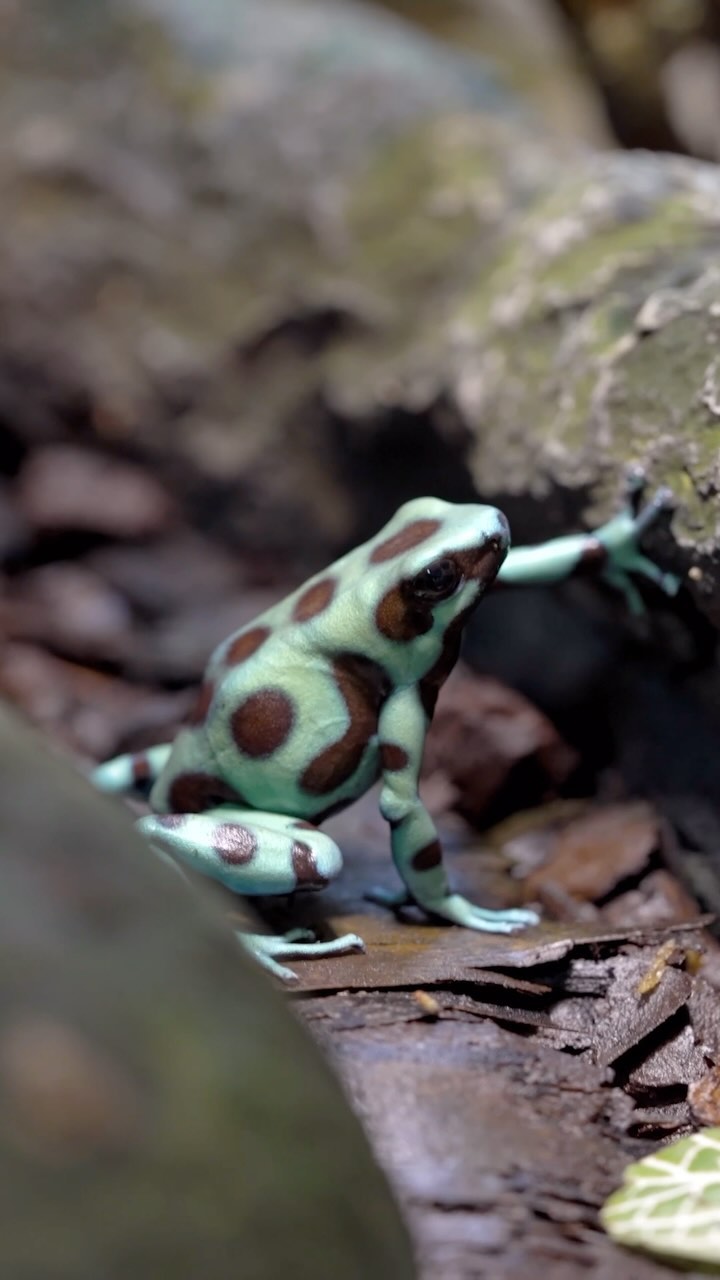– The ecological role and significance of poison frogs in rainforest ecosystems
– Poison frog defense mechanisms and the science behind their toxicity
– The relationship between poison frogs, local communities, and conservation efforts
– The impact of habitat destruction and climate change on poison frog populations
– Effective strategies for conserving poison frogs and their habitats
Step into the rainforest runway and meet nature’s most stylish models, poison frogs. Decked out in an array of brilliant hues, these small amphibians command the forest floor with a fashion sense that pairs beauty with a lethal warning. Flaunting colors ranging from dazzling blues to radiant yellows, these creatures are a remarkable sight in the dense, verdant understory of tropical rainforests. In the layered fabric of these ecosystems, poison frogs play a crucial role, contributing to the delicate balance that sustains the diversity of rainforest life.
Beneath the artful exterior of poison frogs, a potent defense mechanism resides. These amphibians secrete toxins through their skin, an evolutionary masterpiece designed for deterrence. The bold coloration, known scientifically as aposematic coloration, signals potential predators of the danger within their delicate frames. These toxins vary among species, some causing mild irritation while others pack a lethal punch powerful enough to deter even the most curious or hungry adversaries. The chemistry of these toxins is a fascinating subject of study for scientists who seek to understand their potential applications in medicine, such as analgesics and heart stimulants.
The science behind their toxicity is grounded in a diet rich in certain insects that contain alkaloid compounds. When ingested by poison frogs, these compounds are modified and stored in glandular tissues within the skin. Some frogs are born able to synthesize these poisons endogenously, but in many cases, the diet plays a significant role in accumulating the toxins. This remarkable adaptation results from millions of years of coevolution with the rainforest’s complex food web.
Poison frogs in rainforests signal a healthy ecosystem, but their existence is under threat from human activities. Deforestation, mining, and climate change erode the habitats these amphibians call home. Conservation efforts involve local communities that have relied on and revered these frogs for generations. Indigenous populations have traditionally used the poison from certain species in their hunting techniques, carefully harvesting the toxins without harming the animals. These practices reflect a deep understanding of the natural world and highlight the importance of indigenous knowledge in conservation strategies.
The disruption of rainforest ecosystems due to logging and agricultural expansion threatens poison frog populations and destabilizes the intricate ecological networks these amphibians support. As primary consumers in the food chain, they help regulate insect populations, and as prey items themselves, they are a critical food source for various animals. Their decline can trigger a cascade effect, altering the structure and function of the rainforest biome.
Conservation initiatives are vital in preserving the future of poison frogs and the larger ecosystems they inhabit. Protected areas, breeding programs, and international laws regulating trade are part of concerted efforts to safeguard these creatures. Furthermore, engaging local communities through environmental education fosters stewardship and empowers individuals to take part in preserving their natural heritage.
Engaging readers and raising awareness are crucial aspects of driving conservation action. This article presents compelling information, emphasizing our responsibility to protect these remarkable rainforest ambassadors. As you absorb these insights, remember the striking poison frogs in their rainforest runway, symbolizing nature’s ingenuity and a call to action to preserve the fragile tapestry of life these vibrant creatures represent.
*****
Source Description
Don’t you know that you’re toxic? ⚠️
Step into the rainforest runway and meet nature’s most stylish models, poison frogs. Their vibrant colors aren’t just for show; they’re haute couture with a cautionary twist. These frogs are so fashion-forward that they make toxic look trendy.


